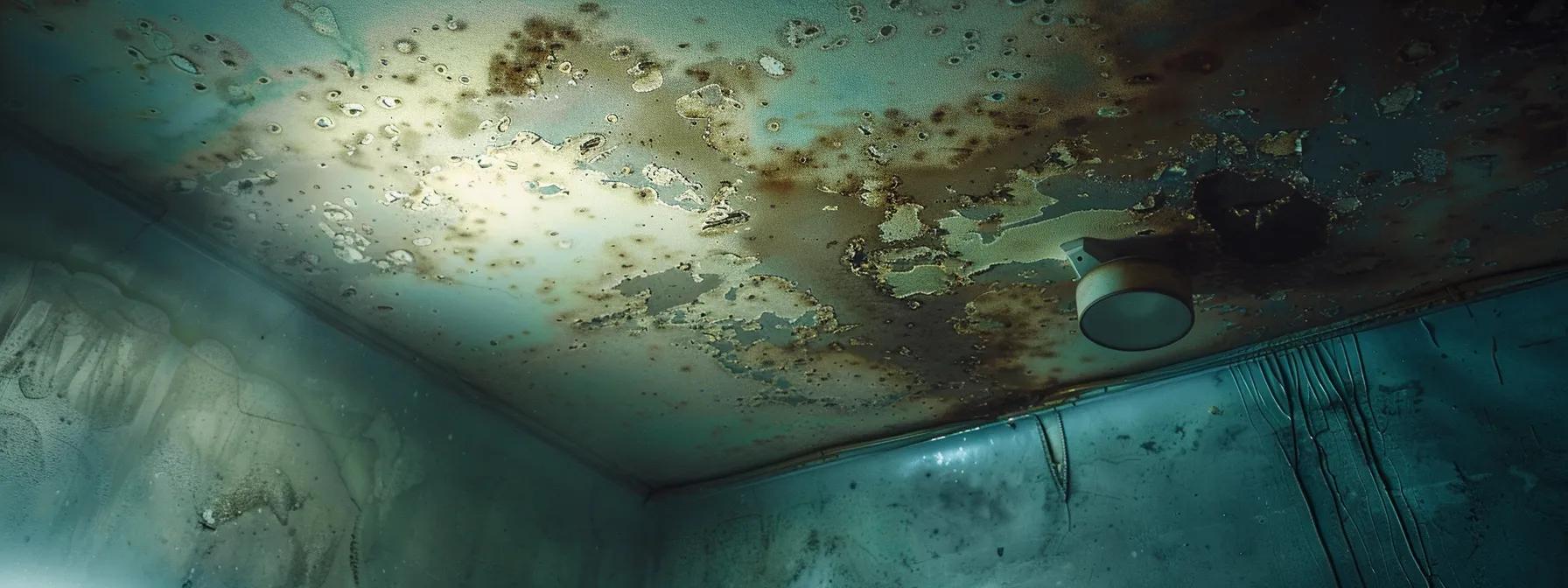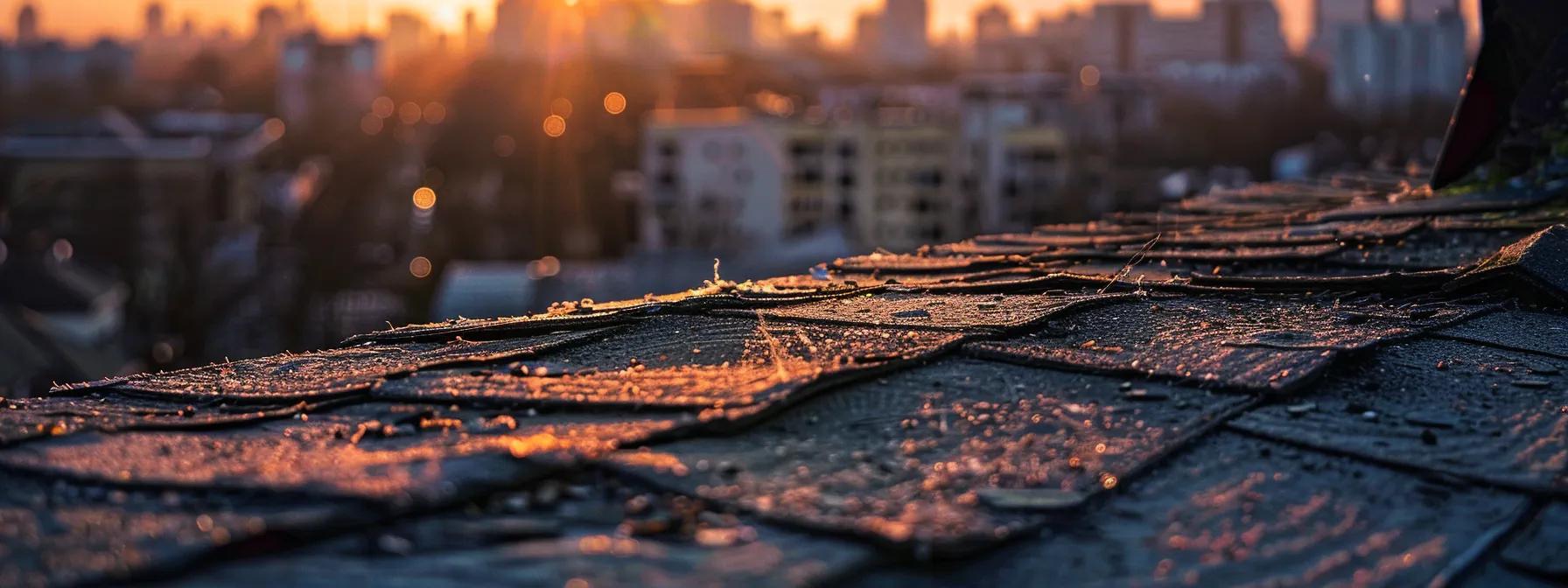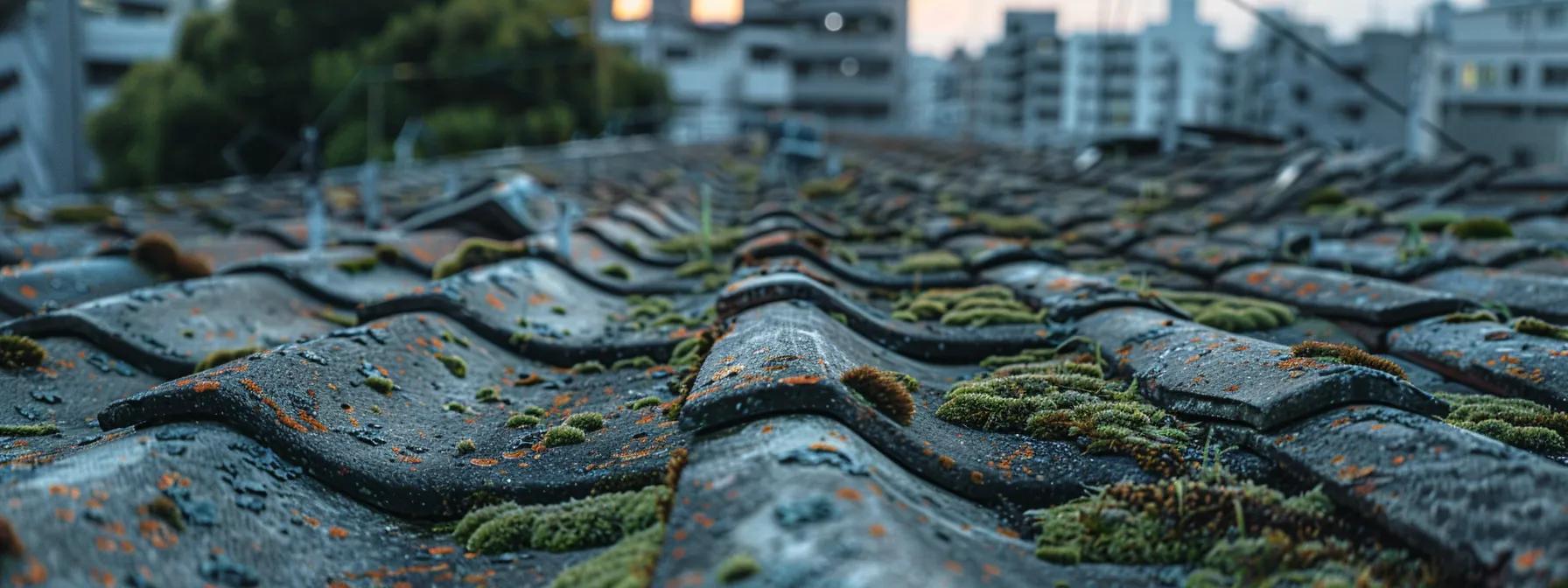
Spot Roofing Warning Signs Before Costly Repairs
7 Warning Signs You Need Urgent Roofing Repairs Before Considering a Full Replacement
When a roof shows signs of aging or damage from severe weather, early intervention by qualified roofing contractors can help prevent further deterioration and higher repair costs. Even minor issues—such as missing shingles or granule loss—can lead to serious water infiltration and structural problems. This article outlines the critical signs that indicate urgent repair is needed instead of waiting for a full roof replacement. Each section provides concise explanations, backed by industry insights and expert advice, so you can confidently assess your roof’s condition and call for emergency roof repair if necessary.
What Are the Most Common Signs of Missing or Damaged Shingles?
Missing or damaged shingles are some of the most noticeable indicators of roofing issues. A patchy or uneven roof surface is usually the first sign that something is wrong. Missing or loose shingles expose the underlayment and roof deck to harsh weather and moisture, raising the risk of leaks and water damage. Weathered or cracked shingles also lose their ability to shed water, further increasing vulnerability.
How Do Missing Shingles Affect Roof Integrity?
Missing shingles allow moisture to seep beneath protective layers, which can lead to mold growth, rot, and deterioration of the roof deck. Even a small percentage of missing shingles can greatly reduce the roof’s lifespan. An exposed deck increases the risk of water reaching the attic, damaging insulation and posing potential electrical hazards.
What Causes Shingles to Become Damaged or Fall Off?
Shingles can be damaged by aging, severe weather, and improper installation. Extreme temperatures, high winds, hailstorms, and heavy rains can weaken the adhesive or cause physical breakage. In addition, poor ventilation and inadequate attic insulation speed up the aging process. Regular inspections after storms can help catch these issues early.
What Repair Options Are Available for Shingle Damage?
For minor damage, roofing contractors may replace or reattach individual shingles. If a section of the roof is affected, patch repairs with new shingles or overlay techniques can restore protection. However, widespread damage may call for a complete roof replacement to ensure long-term safety and efficiency. Consulting a roofing expert after a detailed inspection is always recommended.
How Can You Identify Leaks and Water Stains as Warning Signs?

Leaks and water stains inside your home signal that the roof is no longer effectively keeping out moisture. These signs may damage walls, ceilings, and insulation. Quick detection and repair are key to avoiding more serious and costly damage.
Where Do Roof Leaks Commonly Appear?
Roof leaks typically occur near seams, flashing, or areas where different roofing materials meet. They can also be found around chimneys, skylights, and vents. Over time, water exposure widens these vulnerable areas. Leaks often start small and worsen with each rain, so checking both the exterior roof and the attic for damp insulation or pooling water is important.
What Are the Visible Signs of Water Damage Inside Your Home?
Inside the home, water damage can appear as dark spots on ceilings and walls, peeling paint, warped wood, or even mold growth with musty odors. Such signs indicate a persistent leak that may have weakened structural components like beams and rafters.
How Are Roof Leaks Diagnosed and Repaired?
Diagnosing roof leaks involves visual checks and may include advanced tools such as moisture meters or thermal imaging cameras. Roofing specialists inspect areas prone to leaks—including hidden attic spaces—and then seal or replace damaged flashing, repair shingle damage, or improve roof ventilation according to the severity of the problem.
Why Is a Sagging Roof Deck a Critical Warning Sign?
A sagging roof deck shows that the underlying structural elements are failing. This warning sign not only indicates superficial damage but also signals potential problems with the roof’s load-bearing capacity. When the deck sags, the weight of the roofing materials is unevenly distributed, which can lead to collapse during severe weather.
What Causes Roof Deck Sagging?
Persistent water exposure, poor drainage, heavy snow loads, or debris accumulation can cause roof deck sagging. Water infiltrates through missing shingles or damaged flashing, leading to rot and decay in wooden decking. Past construction issues or unresolved water damage further weaken the deck. Regular maintenance and timely repairs are vital.
How Does Sagging Impact Roof Safety and Longevity?
A sagging deck compromises the overall safety of the home and shortens the roof’s lifespan. Uneven surfaces can accelerate wear on shingles and underlayment, potentially triggering a cascade of failures under heavy loads. It is crucial to treat any sign of sagging as a serious risk and get a professional evaluation immediately.
What Are the Repair Solutions for a Sagging Roof Deck?
Repair typically involves tackling the root causes of water damage and replacing weakened materials. Sometimes, reinforcing the area with new support beams or sistering rafters is enough; in more extensive cases, sectional replacement of the decking with new shingles and underlayment is required. Specialized repair methods, including structural adhesives and fasteners, are used to restore strength and load distribution.
What Does Granule Loss Indicate About Your Roof’s Condition?

Granule loss on asphalt shingles is a clear sign of roof deterioration. These granules provide essential UV protection and fire resistance. Significant loss means that the shingles are aging, weathered, or have faced severe environmental stress, reducing their overall effectiveness.
How Does Granule Loss Occur on Asphalt Shingles?
Although some granule loss is natural with age, excessive loss may indicate poor maintenance, harsh weather like hail or strong winds, or improper installation. As rain causes embedded granules to wear away, upkeep might be required if the loss accelerates due to environmental factors.
What Are the Effects of Granule Loss on Roof Protection?
With fewer granules, shingles lose their ability to deflect UV rays, speeding up aging. Reduced granule coverage also means diminished fire resistance and greater susceptibility to damage from impact, heat, or moisture. This can expose the underlayment and roof deck, leading to rot, mold growth, or structural failure.
How Can Granule Loss Be Addressed Before Replacement Is Needed?
In some cases, targeted repairs such as applying granule adhesive solutions or roof sealants can temporarily restore protection. Re-coating the roof with a moisture barrier may extend the life of the remaining shingles. However, extensive granule loss often means a full roof replacement is the best long-term solution.
How Can Damaged Flashing Signal Urgent Roofing Repairs?
Flashing seals roof joints and areas around penetrations like chimneys and vents. Damaged or loose flashing is more than a cosmetic issue; it is a critical warning that immediate repairs are needed because its failure can lead to serious water leakage and structural damage.
What Causes Flashing to Become Damaged or Loose?
Flashing may be compromised by age, corrosion, poor installation, and repeated exposure to harsh weather. Over time, sealants dry out and crack, allowing water to seep in. Thermal expansion and contraction, along with physical damage from debris or hail, further weaken flashing.
How Does Damaged Flashing Lead to Roof Leaks?
When flashing fails, it no longer provides a water-resistant barrier. Water can seep between the flashing and roofing material, ultimately creating stains inside and leading to structural decay. Regular inspection is essential to detect issues before more severe damage occurs.
What Are Effective Repair Techniques for Flashing Damage?
Repair options include resealing or replacing sections of flashing. Roofing professionals might apply high-quality sealants or flashing cement to renew the barrier. In situations where damage is severe, the entire flashing unit may need to be replaced. Using metal reinforcements or polymeric membranes can improve longevity and reduce the risk of future leaks.
What Are the Warning Signs of Moss or Algae Growth on Roofs?

Moss and algae on a roof are not only unsightly; they also indicate that the roof is retaining moisture. While a small amount of growth may be harmless, extensive moss or algae suggests trapped water is damaging the roofing materials.
How Does Moss or Algae Growth Affect Roofing Materials?
Moss and algae trap moisture against the shingles, which can break down the adhesive bonds holding granules in place. This can lead to curling or blistering of shingles and eventually cause them to detach. In addition, the growth may obstruct water drainage, increasing the risk of leaks.
What Environmental Factors Promote Moss and Algae?
High humidity, shaded areas with little direct sunlight, and poor drainage from clogged gutters or an improper roof slope contribute to moss and algae growth. Regions with damp climates or frequent rain are especially prone. Nearby trees that provide continuous shade can also promote their unchecked development.
How Can Moss and Algae Be Safely Removed and Prevented?
Removal is best handled with gentle cleaning solutions and low-pressure washing to avoid damaging the shingles. Soft-bristle brushes and specially formulated cleaning agents are effective. Installing zinc or copper strips along the roof ridge can help prevent future growth, and routine maintenance to clean gutters improves drainage.
How Does Interior Damage Indicate the Need for Urgent Roof Repairs?
Interior damage is a clear sign that the roofing system is failing and allowing water into the home. Ceilings and walls showing moisture, mold, or staining suggest that a leak has already compromised the interior structures and insulation.
What Types of Interior Damage Are Caused by Roof Problems?
Roof issues may cause water stains, peeling paint, warped or rotted wood, and even mold growth. Damp insulation in the attic or walls may lead to further structural problems, while recurring leaks can result in uneven flooring and, in severe cases, foundation damage.
How Can Interior Damage Help Diagnose Roof Issues Early?
Water stains near ceiling-wall junctions can pinpoint failures in flashing or damaged shingles. Regular inspections of interior spaces, combined with a professional roof evaluation, allow homeowners to detect and address issues before they lead to extensive damage.
What Repair Steps Should Homeowners Take When Interior Damage Is Found?
Upon finding interior damage, it is critical to have the roof thoroughly inspected by a qualified contractor. Temporary measures like buckets or tarps can help control water damage until permanent repairs are made. Repair solutions may include replacing damaged shingles, reinforcing flashing, and sealing penetrations. In addition, proper drying, mold remediation, and restoration of interior areas are necessary to fully recover from the damage.
Frequently Asked Questions
Q: How often should homeowners inspect their roofs for damage? A: Homeowners should inspect their roofs at least twice a year—during the spring and fall—and after severe weather events to catch early signs of damage.
Q: Can cosmetic issues like minor granule loss be ignored? A: While some granule loss is normal, significant or widespread loss should be addressed to prevent further degradation and potential leaks.
Q: What are the benefits of addressing roof leaks early? A: Early intervention prevents major water damage, maintains structural integrity, avoids costly repairs, and extends the roof’s lifespan.
Q: Is it safe to repair a sagging roof deck on your own? A: Repairing a sagging roof deck is complex and should be done by professional roofing contractors to ensure structural integrity is properly restored.
Q: How do weather conditions affect roof longevity? A: Severe weather such as hail, heavy winds, and intense sun exposure accelerates wear and tear, leading to issues like missing shingles, granule loss, and water infiltration.
Q: What role does proper roof ventilation play in preventing damage? A: Proper ventilation regulates temperature and moisture in the attic, reducing the risk of premature shingle aging, condensation, and mold growth.
Q: How can regular maintenance extend the life of my roof? A: Regular maintenance—including cleaning gutters, inspecting flashing, and removing moss or algae—reduces water damage risk and prolongs the roof’s effective lifespan.
Final Thoughts
A roof is more than just a protective covering—it safeguards the entire home from natural elements. Recognizing warning signs such as missing shingles, leaks, and interior damage provides early indicators that urgent repairs are needed. Homeowners who maintain a proactive approach to roof maintenance are better positioned to avoid costly repairs and extensive damage associated with full roof replacements. By addressing issues promptly and entrusting repairs to professional roofing services, you can help maintain the integrity, safety, and longevity of your roof while preserving your home’s overall value. Regular inspections and timely repairs will ensure your roof continues to shield your home against the unpredictable forces of nature.
